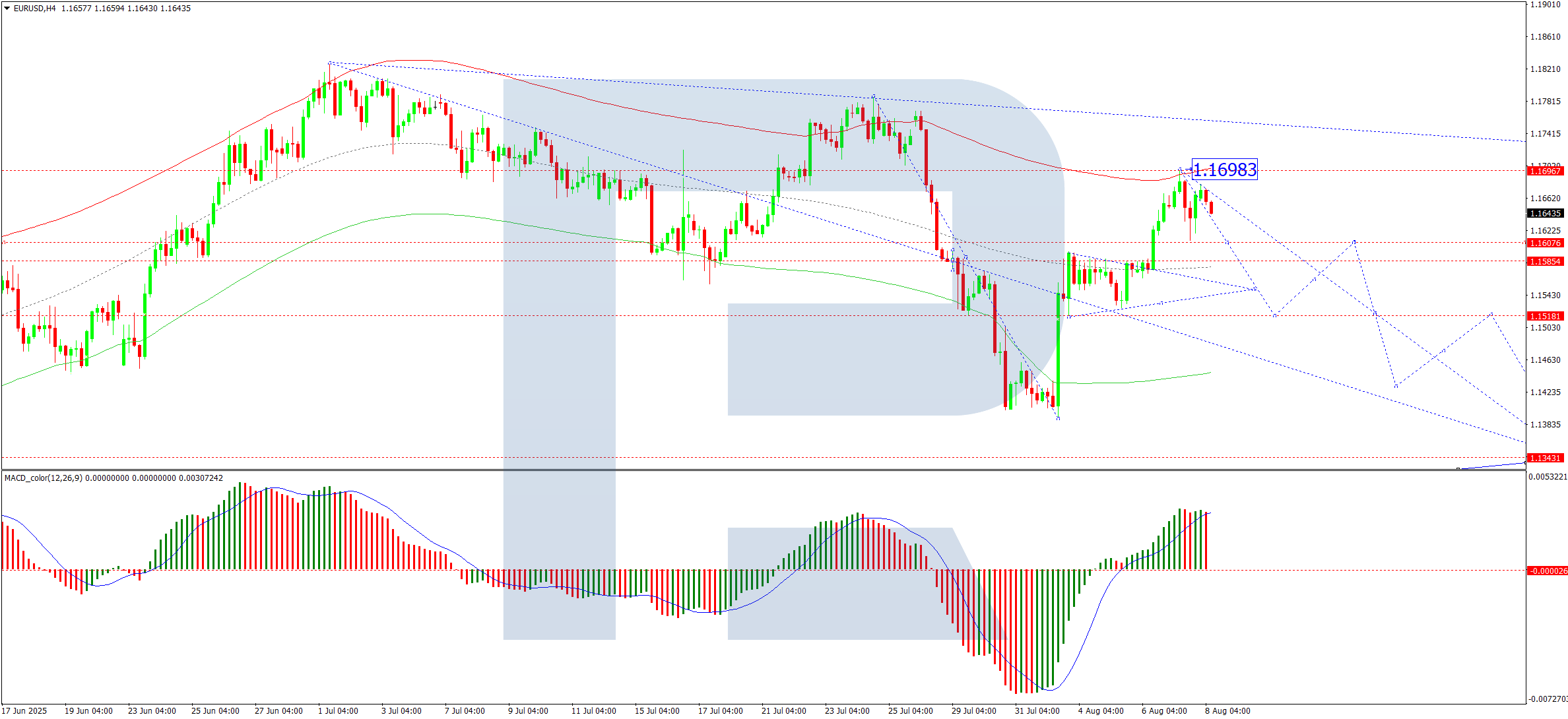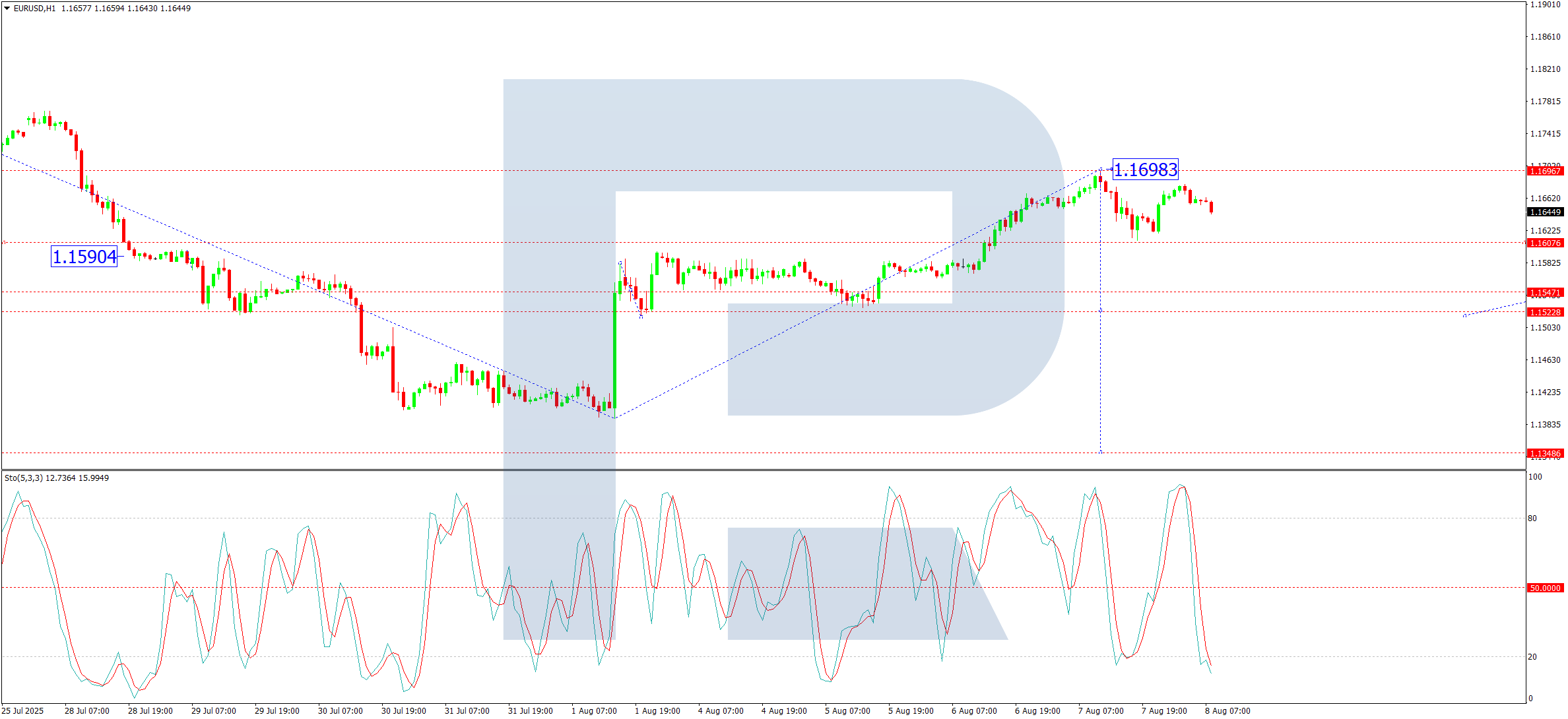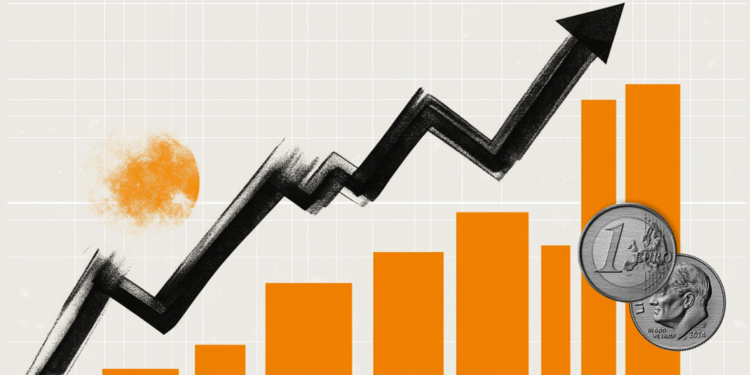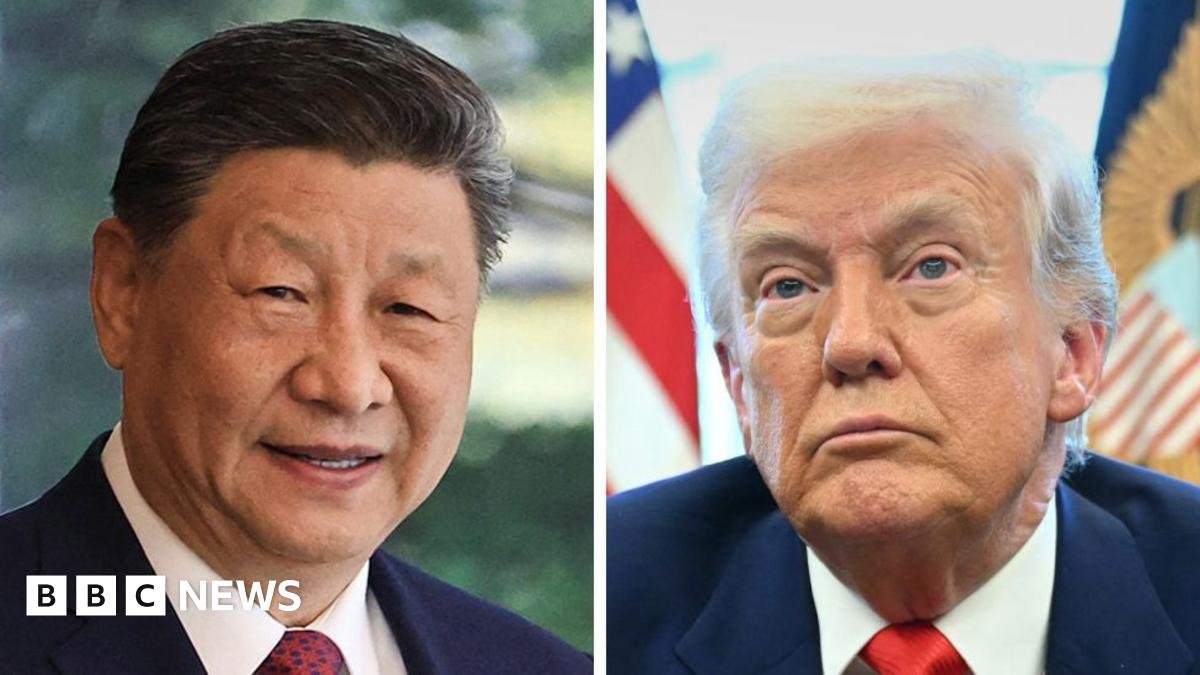The EUR/USD pair edged higher on Friday, climbing to 1.1657, buoyed by expectations of a more dovish stance from the Federal Reserve and growing concerns over the economic impact of new US tariffs.
Recent data revealed that jobless claims exceeded forecasts this week, further signalling a softening labour market following last week’s lacklustre employment report.
On the political front, attention remains fixed on potential shifts within the Fed. US President Donald Trump has nominated Stephen Miran, head of the Council of Economic Advisers, to replace Adriana Kugler on the Fed’s Board of Governors. Meanwhile, reports suggest Christopher Waller is emerging as a leading candidate for Fed Chair. These developments have reinforced market expectations of an imminent rate cut as early as September.
Adding to the dollar’s woes, new US retaliatory tariffs, ranging from 10% to 41%, came into effect at midnight on Thursday. This has stoked fears of economic headwinds, further dampening sentiment towards the greenback.
Technical analysis: EUR/USD
Four-hour chart

The EUR/USD saw a corrective move to 1.1698, followed by consolidation near the top of this correction. A break below 1.1611 could trigger a downward wave towards 1.1520, with potential for further declines to 1.1343. The MACD indicator supports this bearish scenario: its signal line remains above zero but has exited the histogram zone, suggesting a pullback towards lower levels.
One-hour chart

The pair formed a downward impulse to 1.1611, followed by a rebound to 1.1679. The current consolidation phase appears set for a downward breakout, potentially initiating a fifth wave of decline towards 1.1520. A brief retest of 1.1611 (from below) may follow before another drop to 1.1444, with an eventual target of 1.1343. The Stochastic oscillator corroborates this view, with its signal line below 50 and trending sharply downward towards 20.
Conclusion
The EUR/USD remains under upward pressure amid speculation about the Fed and concerns over tariffs, but technical indicators suggest a near-term bearish correction is likely.







